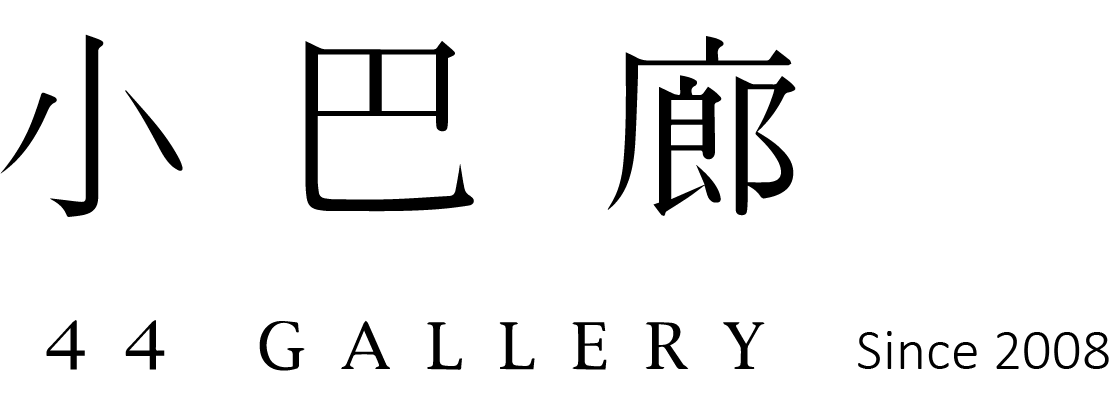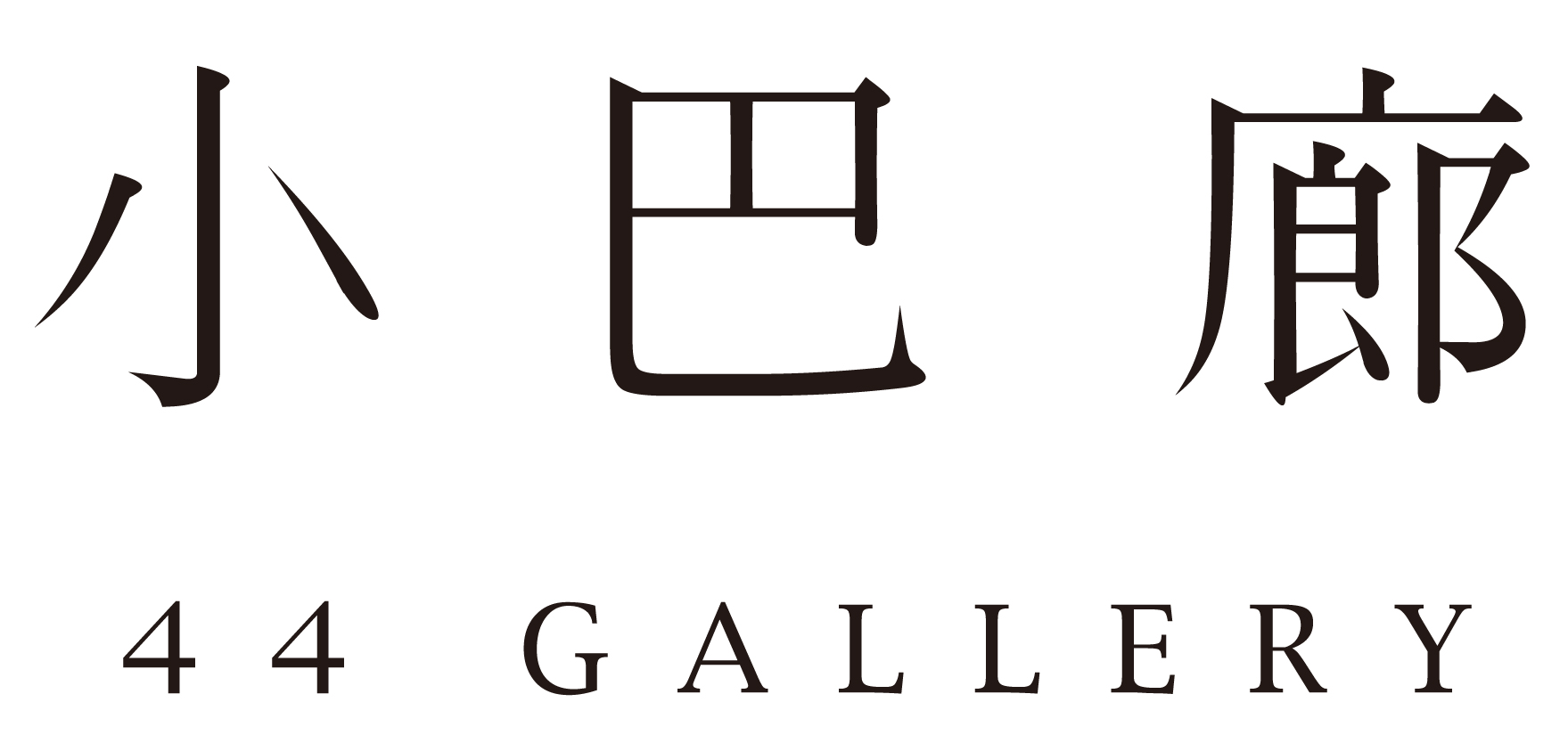『 寧靜 - 宗教主題展 』
2018.4.13 - 5.12
尋找非洲藝術與當代藝術的可能.
在廣大的非洲大陸上,孕育了許多豐富的文化與精彩的非洲藝術作品。
15、16世紀地理大發現時代,在延綿數千公里的非洲西海岸,葡萄牙傳教士納入剛果當地的風俗、信仰和語言。展開了從十五到十八世紀顯著的跨文化藝術交流。
經過傳教士帶來的文化交流,逐漸成為剛果部落的視覺語彙,大致可分為三種 :
一.剛果鑄造黃銅十字架(十字軸承耶穌的雕像)
代表兩個政治帝國,兩名宗教制度,以及兩個審美偏好。這樣的十字架最初是政治權力和軍事實力相關聯的圖標,但隨著基督教的衰落,它們成為剛果酋長標誌之一。最初,剛果人民堅持傳教士引入的十字架的歐洲原型。隨著時間,開始將更多的人物和細節轉化到他們的十字架上,富有顯著的剛果特徵,使用的非洲風格和代表性的模式,它重新詮釋了歐洲的肖像,另外十字型的符號也在法庭裁決和祈雨的場合使用,也被視為護身符保佑人們狩獵、孕產、旅行等活動得到好結果。
二.聖安東尼雕像
當剛果領導人採取天主教,他們採用虔誠的對象表現出他們的政治和宗教權威。其中在Antonianist運動聖安東尼抱子親切的形象,更易為剛果人接受,於是聖安東尼教派出現了。聖安東尼人物雕像,被認為是“好運氣”或“繁榮”的聖人,剛果作為保護作用,例如在分娩或其他疾病的併發症。
三.聖母
在同個時期聖母教派也出現了,剛果族一直認為,雕塑是由能夠影響那些居住生活聚居精神。當然,他們相信聖母瑪利亞的雕塑影響他們的生活會帶來更好的動力。
非洲藝術,蘊藏於神話故事、宗教等各角度切入,從外在形態看這些符號背後的意義及知識都充斥著藝術與獨特的美感風格。
站在二十一世紀處,開啟一個新的藝術對話,透過現代的角度回首這迴盪於歷史與宗教的文化藝術作品,儘管在概念上有巨大的差異,但非洲藝術和當代藝術的審美卻是和諧清楚的...。
The vast African continent has nurtured rich cultures and remarkable African artworks. During the 15th and 16th centuries, the Age of Geographic Discovery, Portuguese missionaries integrated local customs, beliefs, and languages into the Congo region along the expansive western coast of Africa. This sparked a notable period of cross-cultural artistic exchange from the 15th to the 18th century. The cultural exchanges brought by missionaries gradually became part of the visual language of the Congo tribes, which can be divided into three main categories:
African art is deeply embedded in myth, religion, and various cultural aspects, and the symbols and knowledge behind these artworks overflow with unique aesthetic styles and meanings. From a contemporary perspective, these works bridge history and religion, offering a dialogue that transcends time. Despite the significant conceptual differences, the aesthetics of African art and contemporary art harmonize clearly. The rich visual language of African art, with its spiritual symbolism, offers a fascinating contrast to modern artistic perspectives, presenting an opportunity for continued exploration and connection across cultures.
15、16世紀地理大發現時代,在延綿數千公里的非洲西海岸,葡萄牙傳教士納入剛果當地的風俗、信仰和語言。展開了從十五到十八世紀顯著的跨文化藝術交流。
經過傳教士帶來的文化交流,逐漸成為剛果部落的視覺語彙,大致可分為三種 :
一.剛果鑄造黃銅十字架(十字軸承耶穌的雕像)
代表兩個政治帝國,兩名宗教制度,以及兩個審美偏好。這樣的十字架最初是政治權力和軍事實力相關聯的圖標,但隨著基督教的衰落,它們成為剛果酋長標誌之一。最初,剛果人民堅持傳教士引入的十字架的歐洲原型。隨著時間,開始將更多的人物和細節轉化到他們的十字架上,富有顯著的剛果特徵,使用的非洲風格和代表性的模式,它重新詮釋了歐洲的肖像,另外十字型的符號也在法庭裁決和祈雨的場合使用,也被視為護身符保佑人們狩獵、孕產、旅行等活動得到好結果。
二.聖安東尼雕像
當剛果領導人採取天主教,他們採用虔誠的對象表現出他們的政治和宗教權威。其中在Antonianist運動聖安東尼抱子親切的形象,更易為剛果人接受,於是聖安東尼教派出現了。聖安東尼人物雕像,被認為是“好運氣”或“繁榮”的聖人,剛果作為保護作用,例如在分娩或其他疾病的併發症。
三.聖母
在同個時期聖母教派也出現了,剛果族一直認為,雕塑是由能夠影響那些居住生活聚居精神。當然,他們相信聖母瑪利亞的雕塑影響他們的生活會帶來更好的動力。
非洲藝術,蘊藏於神話故事、宗教等各角度切入,從外在形態看這些符號背後的意義及知識都充斥著藝術與獨特的美感風格。
站在二十一世紀處,開啟一個新的藝術對話,透過現代的角度回首這迴盪於歷史與宗教的文化藝術作品,儘管在概念上有巨大的差異,但非洲藝術和當代藝術的審美卻是和諧清楚的...。
The vast African continent has nurtured rich cultures and remarkable African artworks. During the 15th and 16th centuries, the Age of Geographic Discovery, Portuguese missionaries integrated local customs, beliefs, and languages into the Congo region along the expansive western coast of Africa. This sparked a notable period of cross-cultural artistic exchange from the 15th to the 18th century. The cultural exchanges brought by missionaries gradually became part of the visual language of the Congo tribes, which can be divided into three main categories:
-
Congo Brass-Cast Crosses: These crosses, bearing representations of Jesus, came to symbolize two political empires, two religious systems, and two aesthetic preferences. Initially, these crosses were associated with political power and military strength, but as Christianity waned, they became symbols of Congo chieftains. Initially, the Congo people adhered to the European prototypes of crosses introduced by missionaries. However, over time, they began incorporating more figures and details on their crosses, adding significant Congo features and utilizing African styles and representative patterns. This transformed the European portraits into distinctly local representations. These crosses were also used in court decisions and rain ceremonies, and were considered protective charms for hunting, childbirth, and travel.
-
Statue of Saint Anthony: When Congo leaders embraced Catholicism, they adopted devotional figures to express their political and religious authority. Among these was the statue of Saint Anthony with a child, a more approachable and familiar image for the Congo people. This led to the emergence of the Antonianist movement. Saint Anthony was considered a saint of "good fortune" or "prosperity" in the Congo, often invoked for protection during childbirth or to ward off complications from diseases.
-
Statue of the Virgin Mary: Similarly, during the same period, the Virgin Mary became a significant symbol. The Congo people believed that sculptures held the power to influence the spiritual lives of those in their communities. The Virgin Mary's statues were seen as bringing positive energy, motivating and empowering people in their daily lives.
African art is deeply embedded in myth, religion, and various cultural aspects, and the symbols and knowledge behind these artworks overflow with unique aesthetic styles and meanings. From a contemporary perspective, these works bridge history and religion, offering a dialogue that transcends time. Despite the significant conceptual differences, the aesthetics of African art and contemporary art harmonize clearly. The rich visual language of African art, with its spiritual symbolism, offers a fascinating contrast to modern artistic perspectives, presenting an opportunity for continued exploration and connection across cultures.



